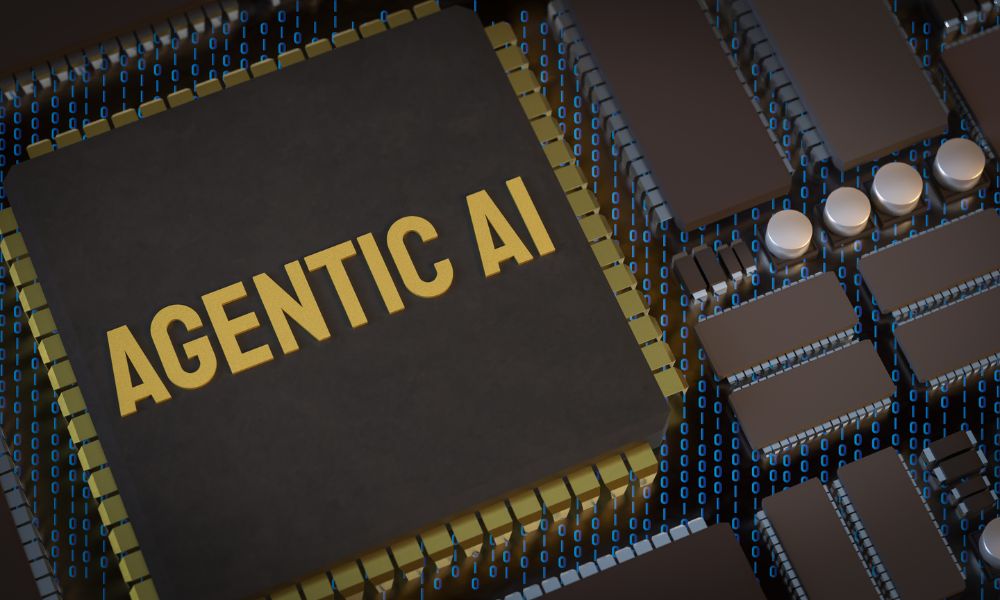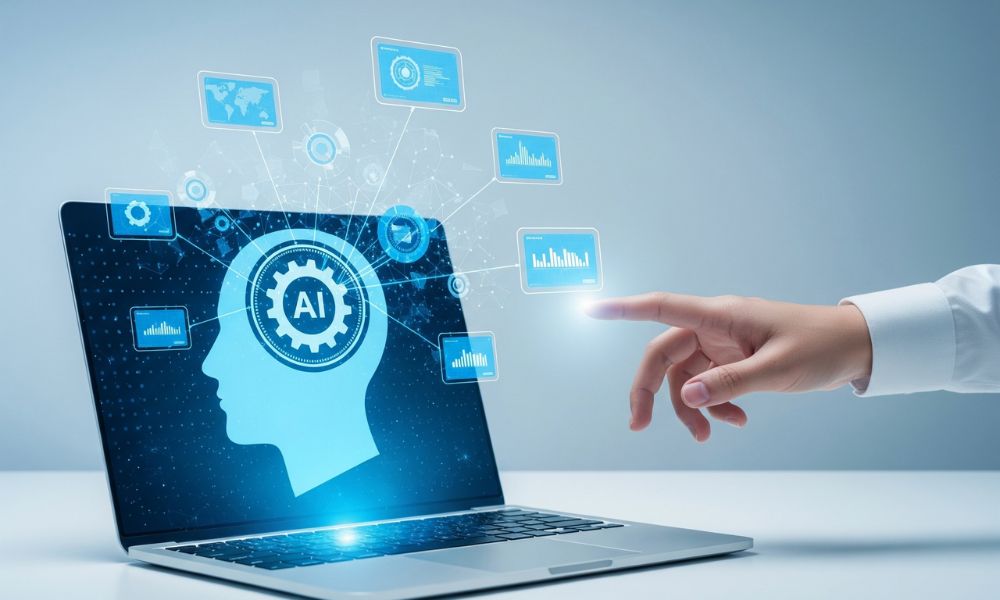In this blog post, we will dive into the importance of IoT dashboard development in the contemporary digital landscape. Learn how effective data visualization and dashboard design can drastically enhance decision-making processes, transforming complex data into accessible and actionable insights. This post will provide a comprehensive overview of the key features, benefits, and steps involved in developing impactful IoT dashboards.
As industries across the globe are increasingly embracing IoT technology, understanding how to develop and implement effective dashboards becomes crucial. Dashboards serve as the control panel for monitoring data efficiently. By the end of this article, you will have valuable insights into navigating the world of IoT dashboards, ensuring data is leveraged effectively for informed decisions.
Understanding IoT Data: The Fuel behind Dynamic Dashboards
IoT devices generate a vast array of data, providing a rich source of information that can fuel dynamic dashboards. The types of data generated can vary widely – from real-time data feeds capturing current operational states to historical trends that identify how processes evolve. Key performance indicators (KPIs) serve as vital metrics that organizations rely on to gauge performance across different domains.
However, with the immense volume, velocity, and variety associated with raw IoT data, challenges emerge. Managing and interpreting this data effectively is crucial for making sense of it all. A well-structured IoT dashboard is essential to translating this raw data into insights that drive action and improve performance.
The Essential Components of Effective IoT Dashboards
Successful IoT dashboard development hinges on several critical components, including data integration, user interface design, and interactivity features. Users need a seamless experience that provides quick access to all relevant data. A clean layout and intuitive design enhance user engagement and facilitate easier analysis of complex data.
To maximize the effectiveness of an IoT dashboard, various visualization tools should be employed. This includes the use of charts, graphs, and gauges that help represent different data zones clearly. By making the data visually digestible, users can quickly grasp insights without requiring extensive expertise in data analytics.
Turning Data into Actionable Insights: The Role of Analytics
Data analytics play a vital role in IoT dashboard development, enabling users to turn raw data into actionable insights. Techniques such as predictive analytics, trend analysis, and anomaly detection facilitate the conversion of large datasets into meaningful outcomes. A robust analytics framework empowers decision-makers to anticipate issues before they arise and make informed choices based on data-driven insights.
Real-world case studies illustrate the success of IoT dashboards in driving significant decision-making improvements across various industries. For instance, in manufacturing, predictive maintenance can minimize downtime and increase operational efficiency, showcasing the transformative power of data analytics in action.
Best Practices for IoT Dashboard Development
To ensure effective IoT dashboard development, it is vital to adhere to a set of best practices. User involvement throughout the development process is crucial; gathering feedback helps align dashboard functionalities with user needs and business objectives. An iterative design approach allows for continuous improvements as users interact with the dashboard.
- Performance: Dashboards should perform seamlessly under various loads to avoid lag which can hinder user experience.
- Accessibility: Ensure that dashboards are usable across different devices and platforms, catering to the diverse needs of users.
- Mobile Responsiveness: With the increasing prevalence of mobile use, responsive design is vital to allow users to access insights on-the-go.
By implementing these best practices, organizations can create IoT dashboards that not only function effectively but engage users and enhance decision-making.
Future Trends in IoT Dashboard Development
The landscape of IoT dashboard development is continually evolving, influenced by emerging trends and technologies. One significant trend is the integration of artificial intelligence (AI) and machine learning capabilities, which can provide advanced customization of data presentations and insights. This modernization enables organizations to benefit from real-time, predictive updates based on historical analyses.
As we look ahead, users can expect increased capabilities in IoT dashboard design, including enhanced interactivity and user personalization, allowing for tailored data experiences. These advancements are poised to further revolutionize decision-making processes, making insights more accessible and relevant to individual and organizational needs.
Conclusion
In conclusion, IoT dashboard development is a critical area for turning raw data into actionable insights that drive effective decision-making. We invite you to share your thoughts and experiences related to IoT dashboards in the comments below. How have you implemented insights from this post into your practices or operations? Join us in fostering a community focused on innovation and shared knowledge in the realm of IoT dashboard development.
Frequently Asked Questions
An IoT dashboard is a visual representation of data generated by IoT devices, serving as a control panel for monitoring various metrics and insights, aiding in decision-making processes.
IoT dashboards are crucial as they transform complex data into accessible insights, enhancing decision-making and enabling organizations to efficiently monitor performance and drive actions based on real-time information.
IoT devices can generate a wide array of data including real-time operating states, historical trends, and key performance indicators (KPIs) that organizations use to assess performance across various domains.
Key components of effective IoT dashboards include data integration, user interface design, interactivity features, and the utilization of visualization tools like charts, graphs, and gauges to present data clearly.
Analytics are central to IoT dashboard development, enabling the transformation of raw data into actionable insights through techniques like predictive analytics, trend analysis, and anomaly detection.
Best practices include involving users in the development process, implementing an iterative design approach, ensuring performance under various loads, and optimizing for accessibility and mobile responsiveness.
Future trends include the integration of artificial intelligence (AI) and machine learning for advanced data customization, enhanced interactivity, and improved user personalization for tailored data experiences.
Organizations can ensure dashboards meet user needs by gathering feedback during the development process, aligning functionalities with user requirements, and continuously making improvements based on user interactions.
Challenges include dealing with the immense volume, velocity, and variety of raw IoT data, and the necessity of effectively managing and interpreting this data to derive meaningful insights.
Yes, industries such as manufacturing benefit from IoT dashboards for applications like predictive maintenance to minimize downtime, and improve operational efficiency by employing data-driven decision-making.




